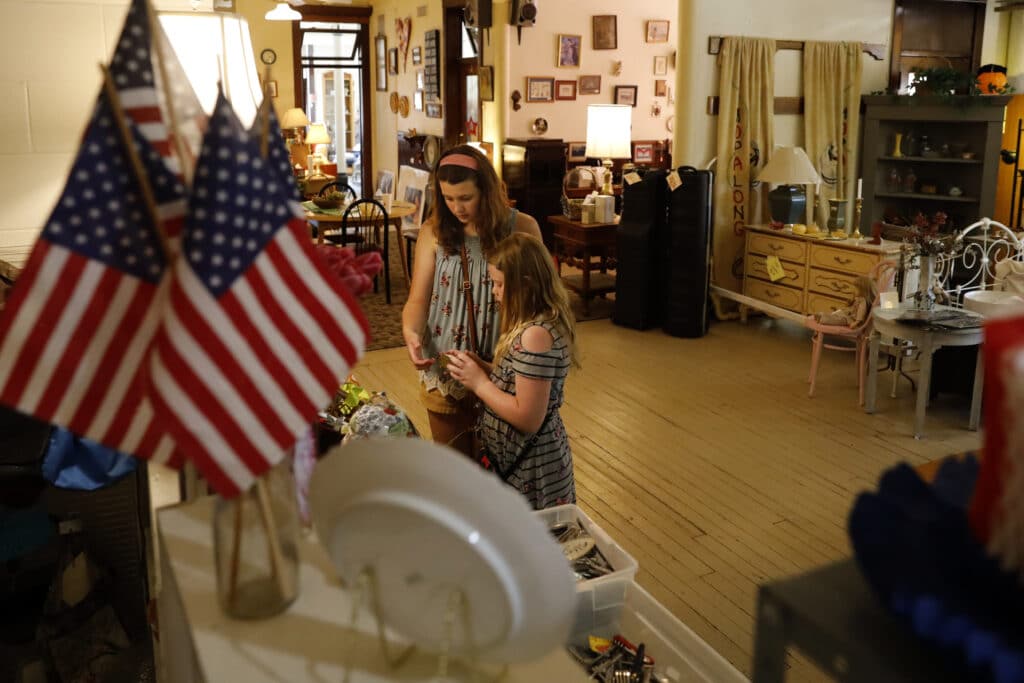A town in the heart of the Midwest goes about life as if the feuds in Washington barely exist. People in Galesburg, Illinois are more focused on local issues. The Associated Press has the story:
A Midwestern town focused on local issues, not the fights in Washington
GALESBURG, Ill. (AP) — Pickup trucks and cars rumble north across East Main Street’s railroad tracks into Galesburg, Illinois, past the red-brick Lindstrom’s appliances building that has occupied the same corner for more than 100 years.
An edifice from more prosperous days, the Orpheum Theater near the remodeled Amtrak station anchors one end of a downtown lined with banks, antique shops, eateries and empty storefronts. The bronze likeness of Galesburg’s most famous native, the poet Carl Sandburg, stands watch at the other end. A plaque commemorates the spot where Abraham Lincoln and Stephen Douglas drew thousands to their 1858 U.S. Senate campaign debate.
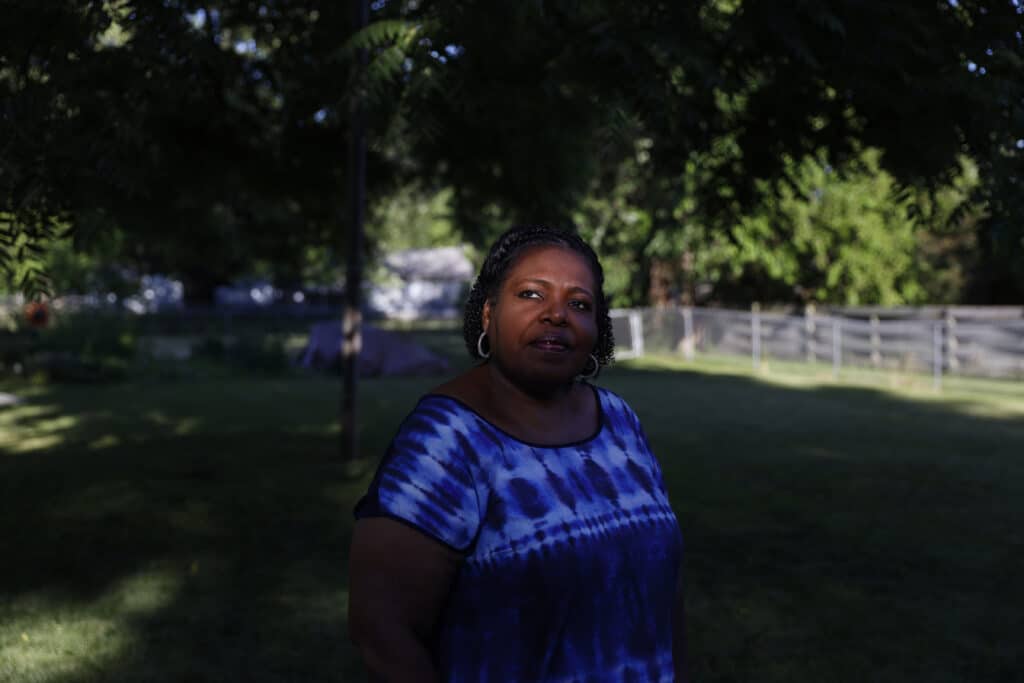
In this town in the heart of the Midwest, the fights in Washington seem distant. On cable TV, Democrats and Republicans feud over things like abolishing the filibuster in the Senate, creating a commission to investigate the Jan. 6 assault on the Capitol or whether Democrats should use a complicated budget process to ram through President Joe Biden’s agenda.
But in interviews with close to 30 people over three days in Galesburg, conversations are dominated by issues much closer to home, like rising local crime, racial strife and whether life can return to an approximation of normal after a deadly pandemic.
And their voices matter because it is places like Galesburg, among a few dozen swing congressional districts in the country that will have an outsize voice in the midterm elections next year, with control of Congress and the fate of President Joe Biden’s agenda in the balance. In 2020, voters here favored President Donald Trump but also their incumbent Democratic congresswoman, Cheri Bustos.

“If Trump could win and the Democrat won, you’re looking at the top tier of competitive places,” said David Winston, a Republican pollster. “Wherever you see independents playing an overwhelming role, those are the districts to follow.
Both parties will be trying to persuade a restive, anxious electorate.
Outside a popular coffee shop, Margaret Tolley bemoaned the rash of shootings, not in Chicago 200 miles (320 kilometers) away, but just blocks away in her hometown.
Concerns about local shootings
“Galesburg has had so many shootings this year,” said Tolley, a 70-year-old retired 4th-grade teacher and lifelong resident. “I mean, where is this coming from? It makes me crazy. I hate this. I mean, this is Galesburg!”
Galesburg, a city of just under 30,000 people in western Illinois, is starting to emerge from the fog of the COVID-19 pandemic and to address long-festering conflicts from the Trump era.
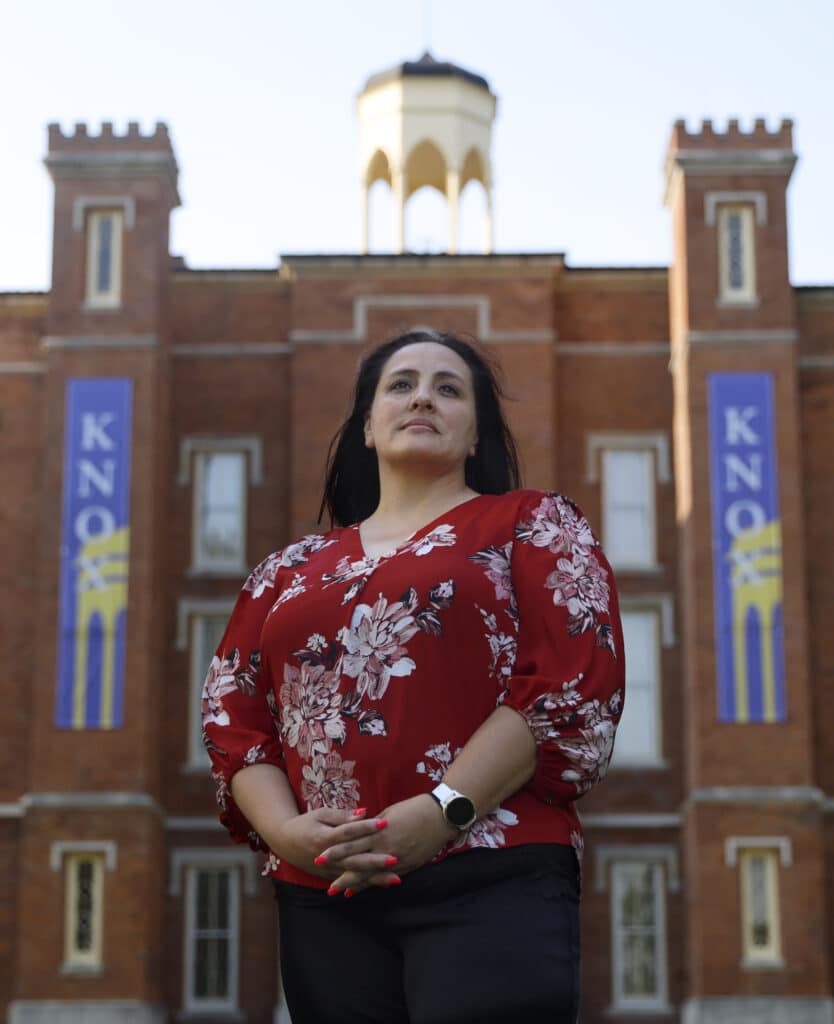
“People are trying to figure out how to be OK with each other,” said Kim Thierry, a 59-year-old retired state employee. “Can we be friends?”
The halfway point between Rock Island on the Mississippi River and Peoria 100 miles (160 km) southeast, Galesburg is represented by Bustos, a moderate Democrat who is not seeking re-election. The district is one of only seven in the country to choose Trump for president and a Democrat for Congress.
Once a Democratic bastion powered by organized labor, Galesburg has drifted more Republican as union jobs have waned.
An outbreak in crime has stirred emotions here, and Democrats are on guard against Republican accusations that their policies are to blame.
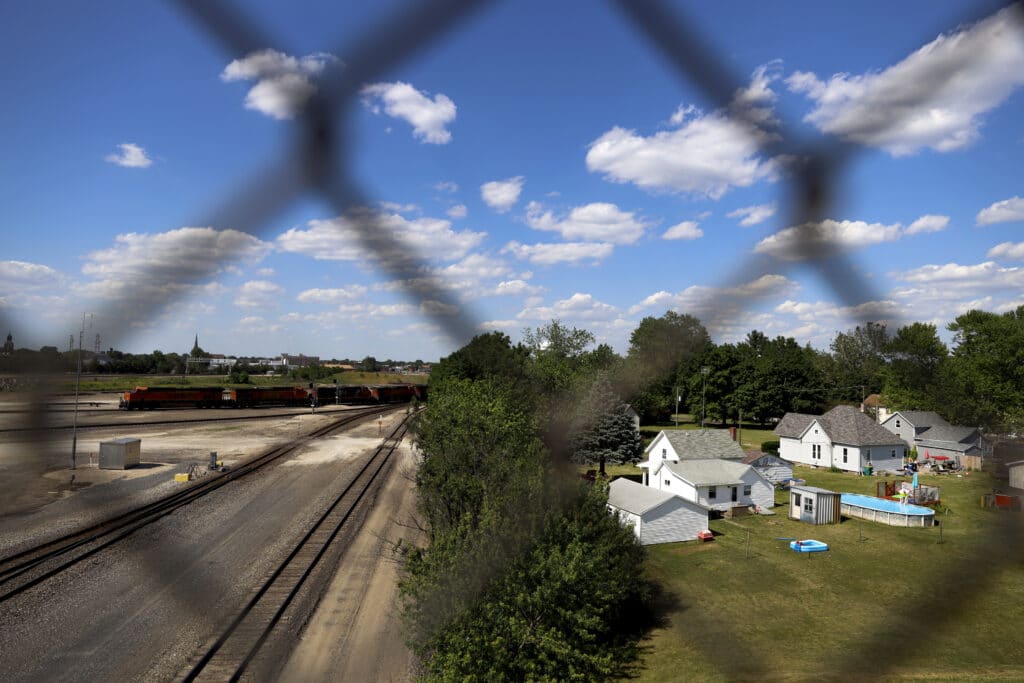
By early February, Knox County State’s Attorney Jeremy Karlin, a Democrat elected in November, was juggling three deadly shootings.
“Here, it’s meth,” said Karlin, 52. “Meth touches half the cases I have. And it’s not the meth you make in your house. It’s the meth that comes across the border in 90 to 100% pure form.”
Even a 42-year-old city alderwoman was in court after police said they found methamphetamine tucked in a cigarette pack inside her car during a traffic stop, according to The Register Mail in Galesburg.
Methamphetamine is a newer and pernicious problem here, and people would prefer to recall the town’s more sanguine beginnings.
Settled more than 180 years ago, Galesburg was built around Knox College, founded by Presbyterians seeking a Christian school on the western frontier. The city soon became home to Illinois’ first anti-slavery society.
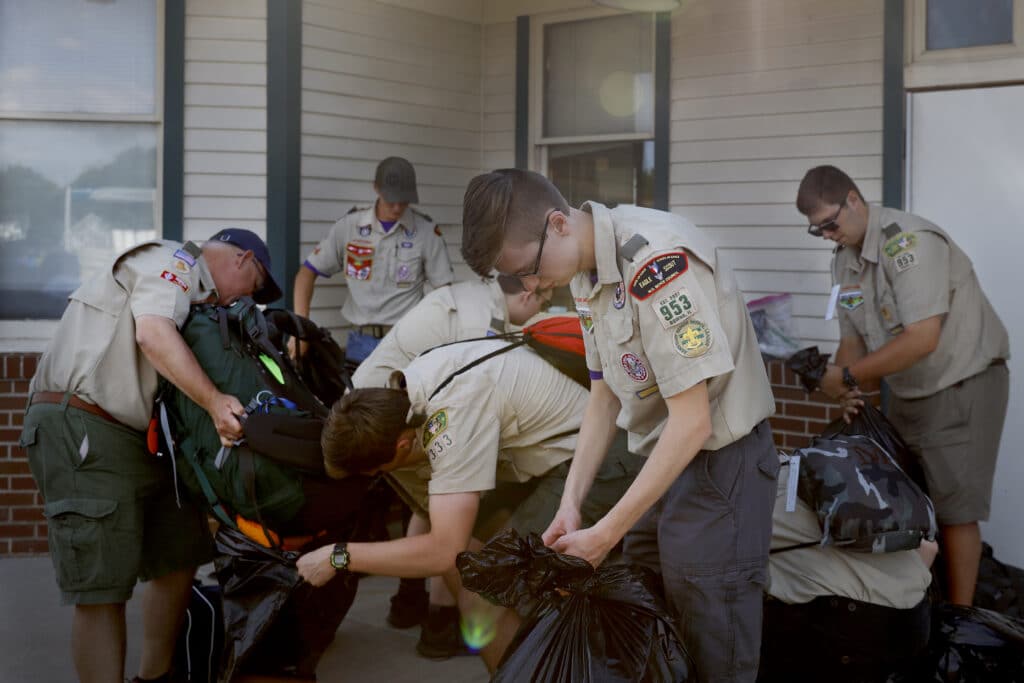
Today, the liberal arts college just off downtown with its Tudor-Gothic campus shaded by towering elms, enrolls about 1,100. Notable alumni include newspaper chain pioneer Ellen Browning Scripps and John Podesta, a top adviser to Presidents Bill Clinton and Barack Obama.
The largest local employer is BNSF Railway, with 1,300 workers for the nation’s largest freight carrier. But it is a lonely vestige of Galesburg’s once defining blue-collar past.
A Maytag factory closed 16 years ago, part of a wave of thousands lost of union manufacturing jobs over the past 40 years.
While Biden talks about a massive infrastructure plan as a potential boon for organized labor, some union representatives here say it cannot cure Galesburg’s ills. Some prefer the more modest bipartisan package in play in Washington.
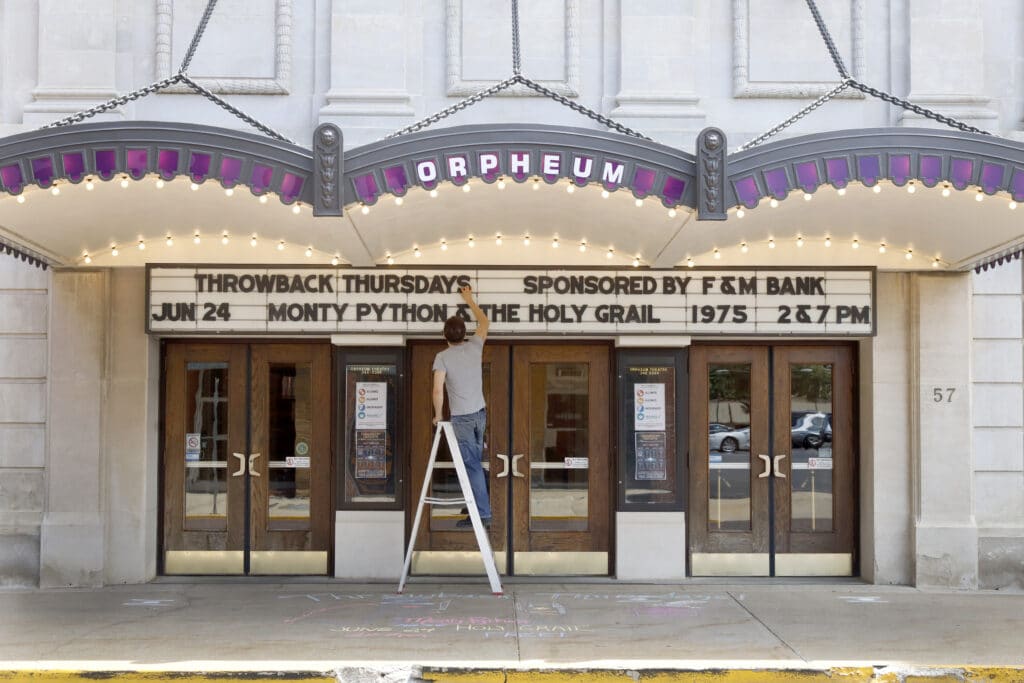
The compromise bill could “put people to work and make people move to this community,” said Jeremy Schultz, 44, an electrical workers union organizer. “I’d like to see all of it, but I don’t think that’s realistic.”
Schultz said Trump was effective in stoking economic anxiety and appealing to cultural issues like gun rights. “A lot of them fill their heads with things that are pretty slanted,” Schultz said of Trump supporters.
Not all the economic signs are gloomy. Thai and Korean restaurants have moved into old pharmacies and dime stores downtown. A midweek, noon-hour music and food fair and in-person Knox College orientation drew families to nearby spas and brew pubs, sprinkling a sense of post-pandemic renewal over downtown.

Still, the restaurants that have helped downtown survive are struggling to add staff and maintain hours. Brad Clark, president of Tompkins State Bank, says he also has had trouble filling teller positions, a common theme among the local businesses.
Like other, more conservative Galesburg voters, Clark blames extended federal unemployment benefits for encouraging workers to stay idle, and fears they are nudging inflation upward.
“Employers are having to pay more to get people back to work,” said Clark, 59. “So what’s that going to do to inflation and the whole economy?”
Though the pandemic has killed more than 150 people here, the vaccination rate of 42% as of June was well below the Illinois state average of 53%. Overall, concern over the coronavirus seems to be fading.
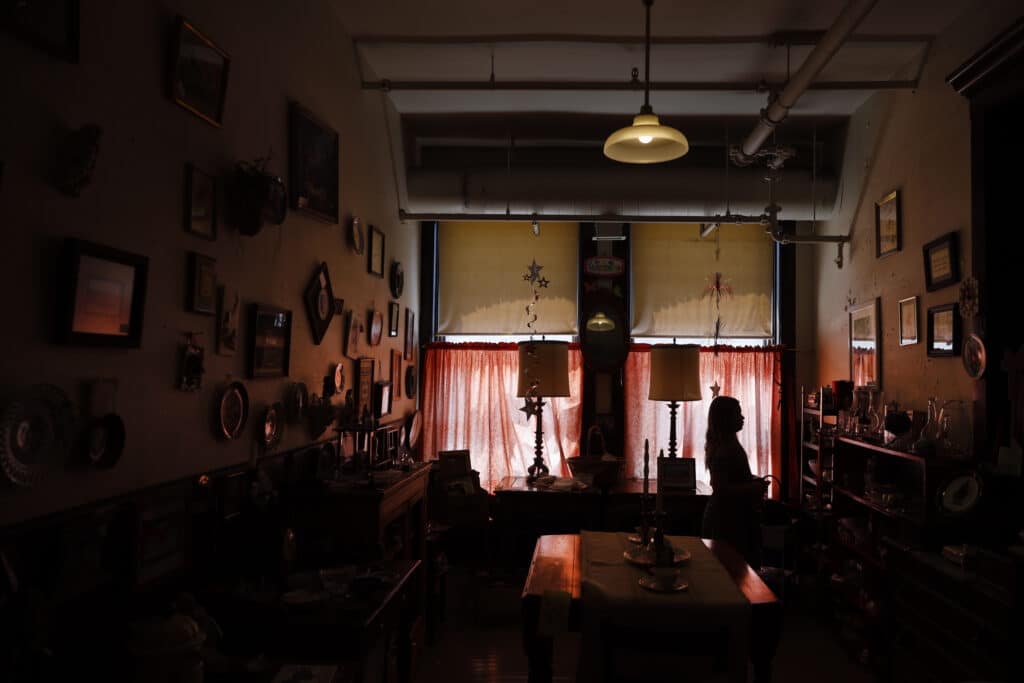
But the hangover from the 2020 election has not. Debra Florio, 70, a retired nurse, believes Trump’s false claims that he actually won. On the other side, John Bento, 54, an electrical engineer, remains incensed by the Jan. 6 U.S. Capitol insurrection.
The disconnect in their views is likely to form the lines of the coming congressional election. Cultural fault lines over race are also readily evident.
Last summer, Mayor John Pritchard fought a resolution sought by the NAACP to acknowledge “institutionalized racism” in policing, hiring and public health. Pritchard, who is 66 and white, rejected the idea that racism is at the heart of disparities today.
Brittany Grimes, president of the local NAACP, challenged him with a report that found most of Galesburg’s 14-percent Black population — thousands of citizens — were living in poverty.
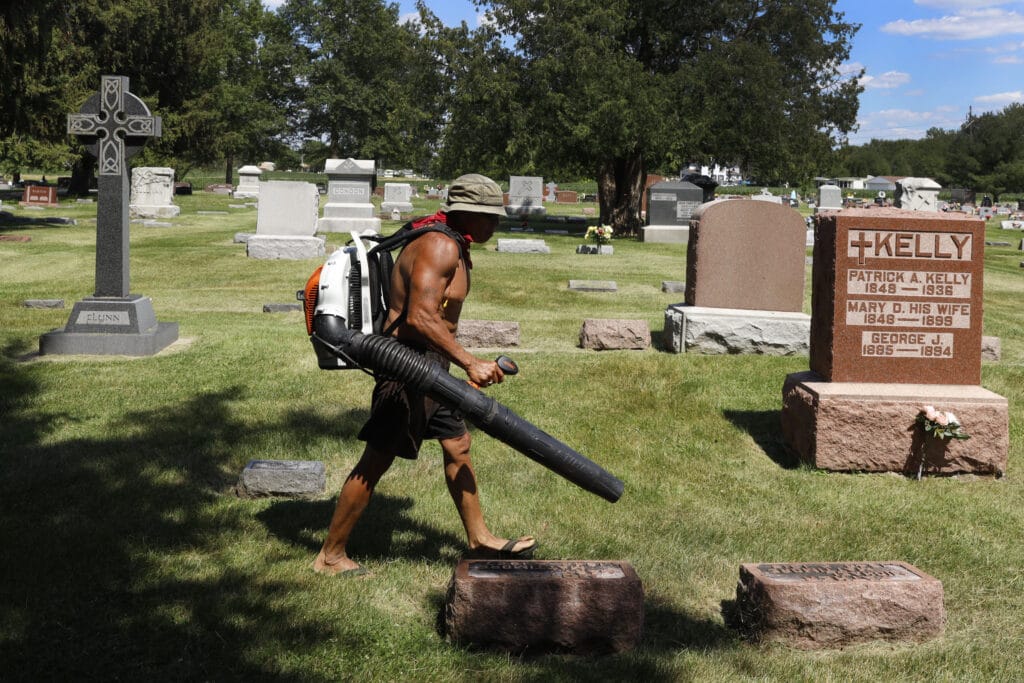
The confrontation exposed a long-simmering tension that became much more personal.
Mark Kleine, a business owner and philanthropist, blamed the NAACP’s request on pressure from national forces to “dredge up stuff about systemic racism.”
“All these people think a town like ours has to get on the bandwagon,” said Kleine, 63. “We really don’t, because we don’t have those problems.”
Tiana Cervantez, 44, a school board member, wiped a tear from her eye as she recalled the angry opposition to the resolution from “people I had known my whole life.”
Pritchard was defeated for a third term in April by a 53-year-old Knox College professor, Peter Schwartzman, who supported the resolution.
In the race to fill Bustos seat, the battle has not yet been joined.
By THOMAS BEAUMONT

